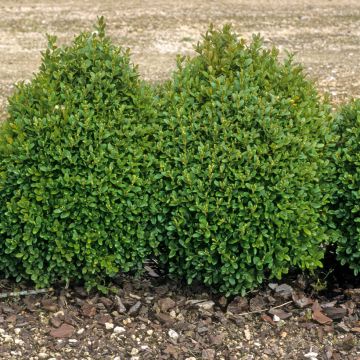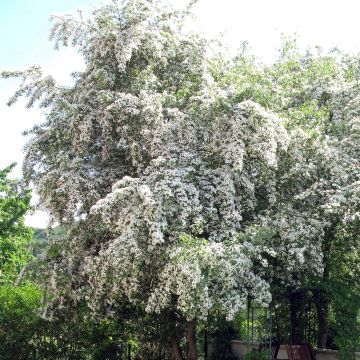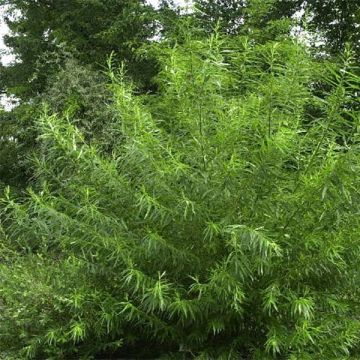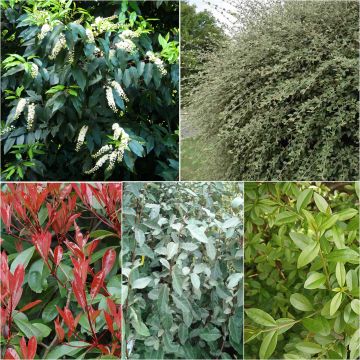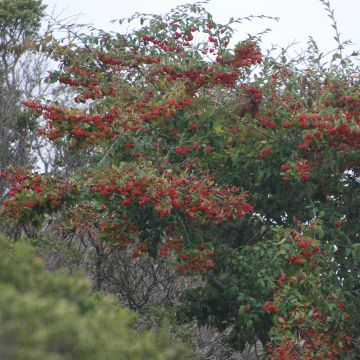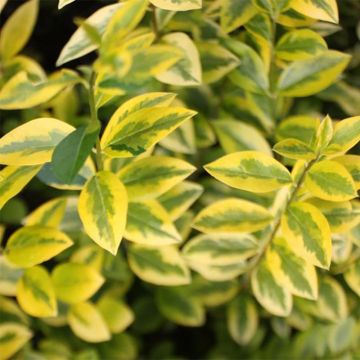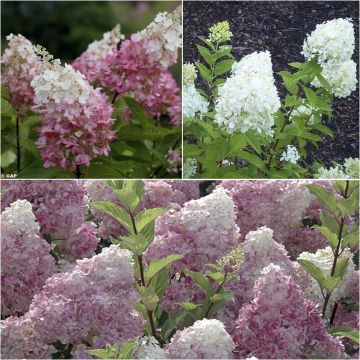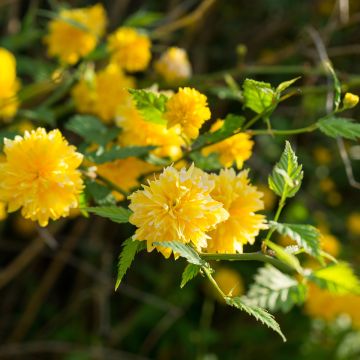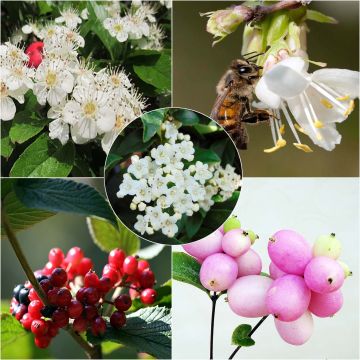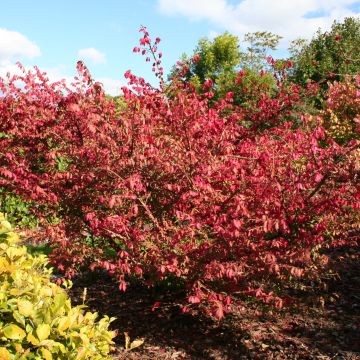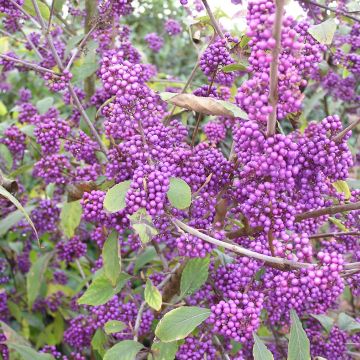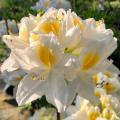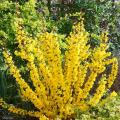Clay-limestone soil shrubs
Does this plant fit my garden? Set up your Plantfit profile →
Available in 5 sizes
Available in 4 sizes
Available in 2 sizes
Available in 6 sizes
Available in 4 sizes
Available in 3 sizes
Available in 1 sizes
Available in 2 sizes
Available in 3 sizes
Available in 1 sizes
Available in 3 sizes
Available in 7 sizes
Available in 3 sizes
Available in 1 sizes
Available in 2 sizes
Available in 2 sizes
Available in 4 sizes
Available in 3 sizes
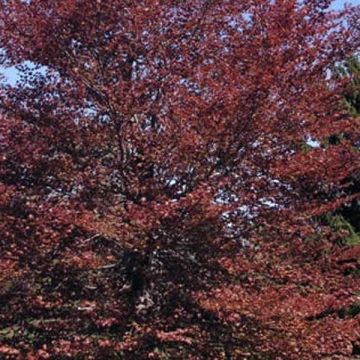
Available in 5 sizes
Available in 2 sizes
Available in 3 sizes
Available in 3 sizes
Available in 1 sizes
Available in 4 sizes
Available in 5 sizes

Available in 3 sizes
Available in 3 sizes
Available in 4 sizes
Available in 3 sizes
Available in 3 sizes
Available in 4 sizes
Available in 1 sizes
Available in 5 sizes
Available in 3 sizes
Available in 3 sizes
Available in 3 sizes
Available in 1 sizes
Available in 3 sizes
Available in 5 sizes
Available in 1 sizes
Available in 1 sizes
Available in 1 sizes
Available in 3 sizes
Available in 4 sizes
Available in 4 sizes
Available in 3 sizes
Available in 2 sizes
Available in 2 sizes
Available in 4 sizes
Bushes growing in clay-limestone soil must be able to tolerate these conditions. These soils are certainly fertile but can also dry out and crack during periods of drought, or become waterlogged during heavy winter rainfall. The presence of limestone, even though it can contribute to better drainage, generally makes it difficult to establish plants such as rhododendrons, which dislike it. Fortunately, many reliable varieties in our gardens, such as lilacs, forsythias, weigelias, as well as hazelnut trees and deutzias, are perfectly suited to these situations and will thrive for years with minimal care!
Haven't found what you were looking for?








































